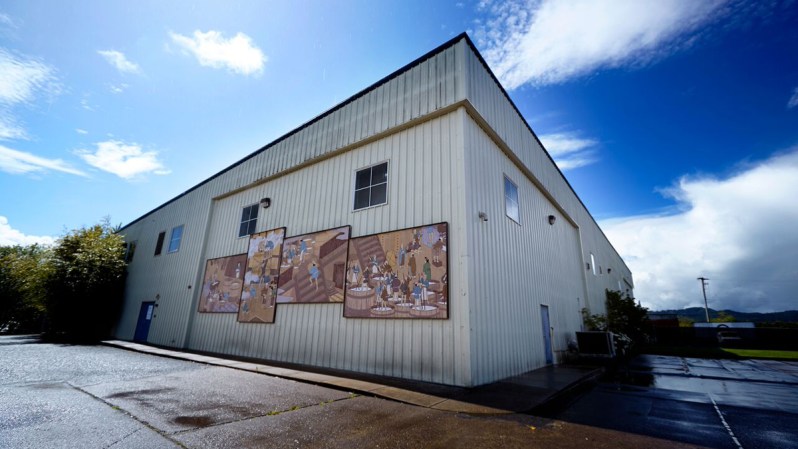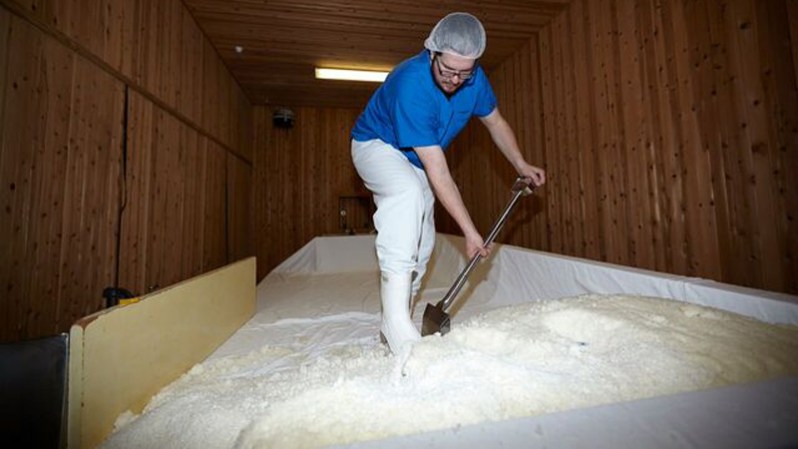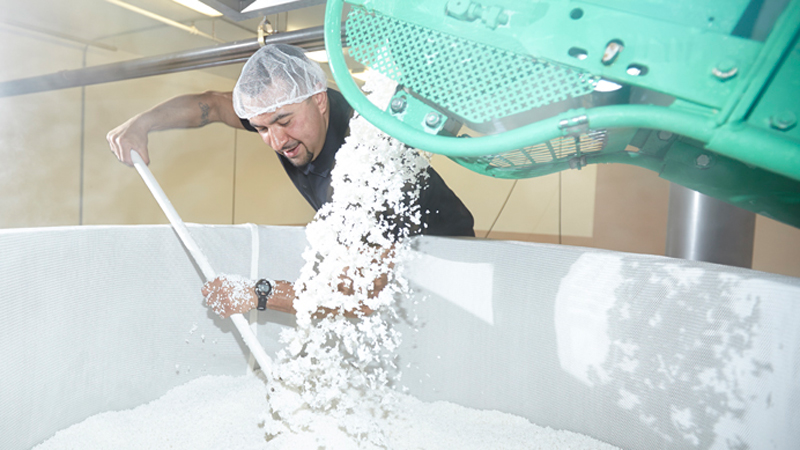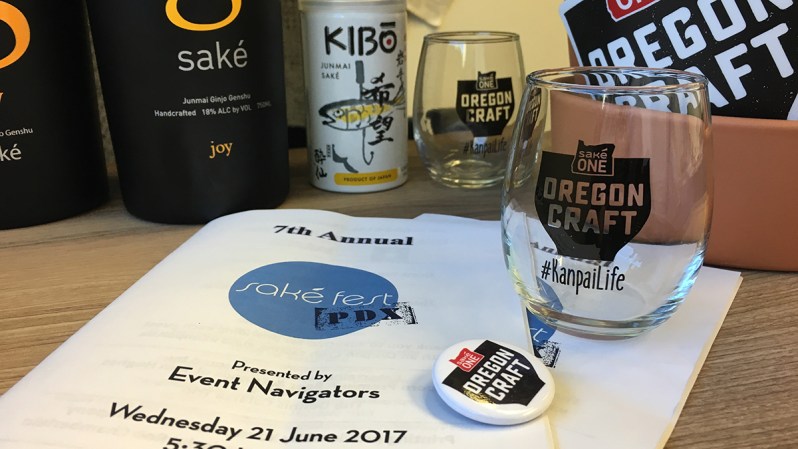Walking around last week’s Saké Fest PDX in Portland, Oregon, you see why the Japanese beverage has had trickling growth in the States. The variety is daunting and it’s not an easily accessible category.
The subtle nuances between “Junmai” and “Nigori” are tough to discern for inexperienced palettes and the beautiful artwork on most of the bottles doesn’t display much information unless you can read Japanese.
However, the tradition and practice of sake hasn’t lasted millennia just out of novelty. It’s a unique category literally steeped in the values of Asian drinking culture.

While the exact origins are disputed, one of the more prevalent theories is to date saké brewing back as far as 2,500 years when rice growing became commonplace in Japan. The earliest written records of saké are in third-century Chinese history books. They document saké drinking as a tradition while in mourning.
Fast forward a couple thousand years and saké is still brewed with the same four main ingredients: rice, water, yeast and an enzyme called koji. The process begins by hulling, polishing and removing impurities from brown rice grains. Spores of a special mold are added to the rice (after steaming) and then incubated to produce koji. That mixture is added to a yeast starter, which helps convert the rice starch into glucose. After a unique fermentation process, the new liquid is sent through a press to filter it. From there, it’s pasteurized and placed in cold storage to mature. After various filtration and aging options, the final product is done.

Back at Saké Fest, one of the larger tasting displays is from Oregon’s own SakéOne. The Forest Grove-based company is one of the only producers on the West Coast and easily the largest in the country.
“We’re kind of on our own island,” says SakéOne President and CEO Steve Vuylsteke. The beverage industry veteran comes from a family that started one of the state’s premier wineries and he went on to manage Erath before moving over to saké eight years ago. He estimates there are 20-24 producers nationally, many “garage-sized.”
SakéOne makes three labels locally – all premium – Momokawa, a Junmai Gingo; Moonstone, a Junmai that becomes a Junmai Gingo after flavoring is added; and g, their most flavor-forward offering. They also import six sakes, making them one of the larger companies doing so.
Each grade of saké is relatively mild, but after a few tastes, one can begin to discover the nuances.

Junmai is the simplest, made from the four main ingredients. Two more grades of Junmai are based on how much of the rice grain has been polished away. It goes all of the way to Nigori, which is unpressed, unfiltered and remains cloudy.
Vuylsteke says that beyond the varieties, many consumers are still only drinking it warm or hot when several grades are actually better cold.
“Their experience is not favorable and a lot of it is because of the lack of education about the beverage,” he says.
He adds that it’s encouraging to see new and younger drinkers get into saké. That was certainly evident at Saké Fest where many late 20- and early 30-somethings tasted their way through dozens of grades from small East Coast producers to some of Japan’s biggest.
Vuylsteke says that one of his next challenges is getting imbibers to think outside Asian cuisine when pairing sake with food.
“You can pair it with just about anything across the American cuisine landscape,” he says. “You don’t have to follow rules like in wine pairing.”

He’ll also continue developing education to get Americans to move on from the saké bomb. He sees a climate down the road, much like tequila is today, with drinkers turning to sake as a sipping drink and not as a shooter.
“There’s going to be more intrigue,” he says.
Some of the collaborations at Saké Fest have already gone to prove that. Portland’s Burnside Brewing Co. worked with Japan’s Shonan Beer to create Sakura Gose, a sour brewed with salted Japanese cherry blossoms that’s on tap year-round. It’s a beautiful, light transition brew for those en route to the world of saké.
As American drinkers search for the exotic and undiscovered, saké will continue to grow from a niche product into one of the everyday lexicon. It will rightfully move on from a fast shooter to something to savor.


